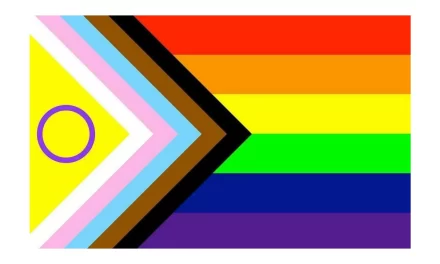In the aftermath of the Astroworld tragedy this past weekend, there have been several questions about mosh pits and the idea of “raging” at a concert in general. With the growth of moshing at concerts, regardless of the genre, I want to look at the history of mosh pits, the culture and the consequences.
According to Merriam-Webster, to “mosh” is to freely participate in wild activities — such as running into people on purpose — at a rock concert. The term first came up in the 1980s within the metal and punk alternative scene in Southern California. Moshing was yet another way to rebel against the mainstream music of the day (usually in response to disco, which is a longer conversation).
In the mosh pits of the ‘80s, people of all genders would pack themselves in front of the concert stage. They enjoyed jumping around and recklessly dancing with others to release pent-up aggression. They developed new dance moves and actions like the wall of death and slam dancing.
However dangerous these actions may seem, there were unspoken rules that were often up to concert audiences to enforce. These concert-goers were on the edge of these mosh pits and made sure that moshers weren’t throwing punches or trampling people. It was up to them to stop the constant motion and prevent injuries.
Quite honestly, regardless of the culture around mosh pits, I don’t think that it should be up to random self-appointed concert-goers to make sure people are safe. It was a good idea when the pits were first formed, but the individualistic culture of the United States doesn’t allow people to care about others.
In our capitalistic society, caring about others and their safety is only important when there is money to be made from it. In these pit situations, moshers have to put full faith in the people around them to help when things get out of hand. However, too often the mosh pit attitudes are “Whoa, don’t ruin the vibes,” because “This is what we all came for.”
Mosh pits started losing respect in music culture around the ‘90s and were banned by musical performers like The Smashing Pumpkins. The acts would try to enforce limits on the crowd, but in the end they sometimes lost control of the crowd, and it resulted in injuries and deaths. The overall rock and metal scenes were increasingly anti-woman to the point where women no longer felt safe.
One of the final straws of the ‘90s era of mosh pits was the infamous Woodstock ‘99 weekend concert. The pits during that hellscape including several instances of sexual assault and 2 instances of alleged rape. Where was the sense of belonging and trust here? All of the people who were supposed to be part of the culture were not there for those women. They left those women there to be traumatized because the women thought they would be further harassed for speaking out.
In terms of the Astroworld tragedy, moshing has recently been branching out to all genres of music and to people who do not have any prior knowledge of the culture. Although I haven’t participated in moshing because I refuse to put my Black life in the hands of white people, I understand that it is important to know the culture of the action before doing these potentially dangerous acts.
The increasing closeness of crowds in pits or standing-room only concerts has been seen as part of music culture, but the lack of care that Americans have for others means that people are more likely to look the other way when things go wrong.
We also have to acknowledge that the performer, Travis Scott, had the power to stop the concert, condemn the actions and take safety measures to protect concert goers. Scott could have stopped the crowd before it turned tragic. My heart goes out to those who died and those who were forever changed by this event.
Unless we can ensure the safety of concert-goers, mosh pits should be banned, especially considering their violent history and current practices.




